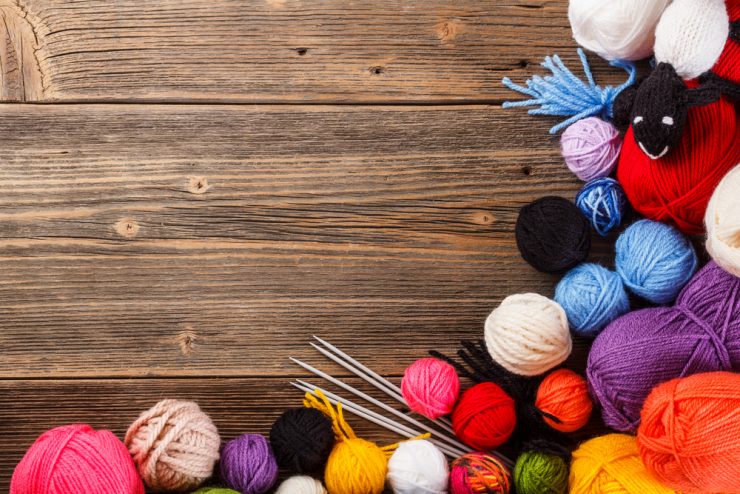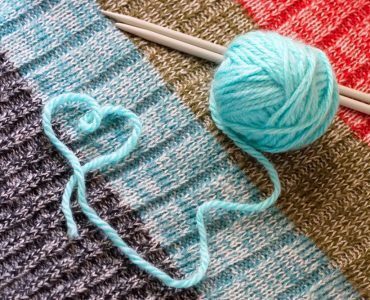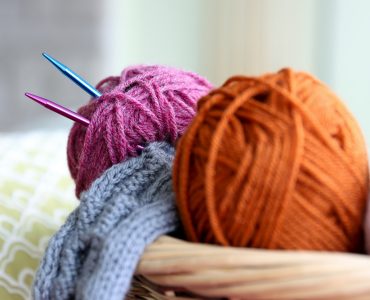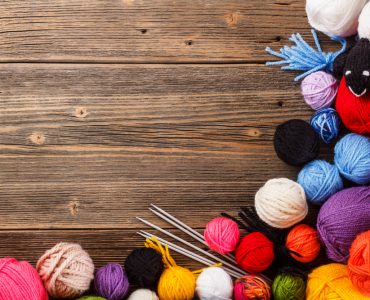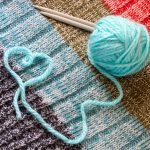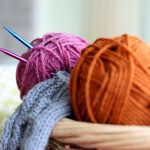Knitting is a process that uses thread or yarn to produce clothes, like a jumper or a wool cap. It can be done by hand or machine. Hand-knitting can be done using different styles and methods. Knitting needles and different yarns are used to make a colourful and different texture of end product.
Knitting became a therapeutic distraction for some civilians involved in the Home Front, an organisation borne from a nation at war during World War II that was active in supporting men who were fighting on the battlefronts. Some of the earliest knitters in the WW II ‘Knit for Victory’ campaign also participated during World War I as children or young adults. They considered knitting as a natural and immediate reaction to war. On June 18, 1945, during General Dwight Eisenhower’s address to Congress, he mentioned knitting as “the friendly hand of the nation, reaching across the sea to sustain its fighting men.”
On September 31, 1941, First Lady Eleanor Roosevelt launched the World War II knitting effort with a “Knit for Defence” team in the Waldorf-Astoria Hotel, New York. She was frequently photographed knitting or carrying her big knitting bag for the war effort. She was then called the First Knitter of the Land.
In January 1942, the American Red Cross supported the World War II war effort through knitting. Appointed by the War Production Board, they became the single clearing agency for all knitting. In addition, many women also knitted for Victory with one of the various support groups of the Red Cross.


